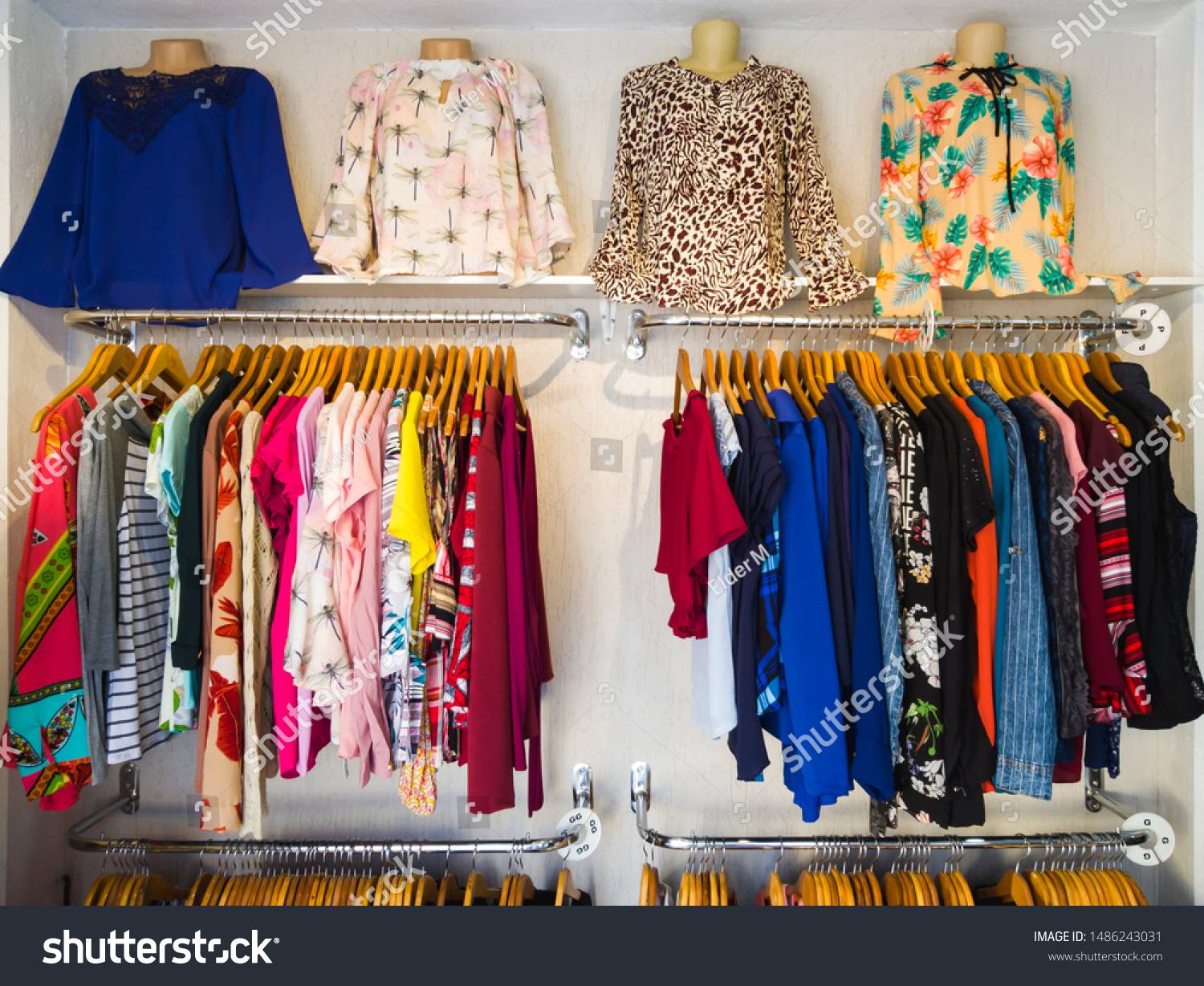
Coloro is a new color-based system that unlocks creativity by decoding colors as the human eye sees them. It employs logical design codes and intuitive codes to guarantee that fashion and Textile professionals get exactly the colors they intended - the first time.
Colour-trends
A color theme is an emerging concept that impacts the use of colours across a broad range of products. It can be anything from furniture and apparel to packaging and technology. The industry is influenced by popular culture, films and art as well as industry experts like Pantone.
It is an extremely technical practice which combines research, testing and science in order to forecast future trends. Designers and color experts collaborate on the trend-forecasting process to help shape the next generation of colors.
In order to make quantitative predictions, analysts begin by studying field reports, surveys of consumers and split tests. These data are used to create a colour palette of future fashion trends.

Color trend forecasting gives companies the knowledge they need to design complementary products and services that appeal to customers' preferences and expectations. It can have a huge impact on their bottom line.
WGSN and Coloro announced Apricot Crush. It is a refreshing, energetic and restorative hue, perfect for consumers as they grapple with a wide range of emotions, including anxiety about the future. It is also connected to a range of sensorial experiences such as self care rituals and healing.
This soft and sunbleached colour is reminiscent of oranges and fresh apricots. These fruits are high in vitamin and antioxidants. It's an uplifting shade that is ideal for interiors, including glass and textiles as well as bath and bedroom furniture.
Apricot Crush adds a warmth to all home products, indoors and outdoors. It's a neutral shade that can be paired with other shades.
It's a gender-inclusive color that's already established in youth markets, and will be essential for consumer electronics, digitised wellness, mood-boosting lighting and homewares by 2023. It's also a color that will be used for fragrances, skincare and hair.

Color is essential to brand identity. It can communicate personality and purpose for a company or a product. It's an excellent way to make a brand stand out from the rest and to influence consumer buying decisions.
In film and photography, analogous shades (colors adjacent on the colorwheel) can be used to create calming effects. The colors can also be used in mood boards and to create harmonies for the brand's aesthetic.
Digital Lavender is a color that's already well-established in the youth market and expected to be key for consumer electronics, digitised wellness and mood-boosting lighting by 2023. Its sensory quality makes it ideal for a variety of self-care practices and healing.
The Color of the Year for 2024 is a collaboration from WGSN and Coloro, uniting the trend forecasting expertise of WGSN with Coloro's innovations in the future of color. Intense Rust will join Midnight Plum and Sustained Grey.
FAQ
What are teenagers most likely to buy?
There are many data points about consumer trends. However, we don't have the ability to use them. We looked at the data and decided to do our own analysis. We wanted the data to show us which products or services teens had purchased. We also looked at how the purchases have changed over the years.
The results surprised even us. We were surprised to see that teens are fairly frugal when it came to shopping habits. Teens spend more on clothes than any other age group, except for books. But when it comes to technology, they're spending far more than any other age group.
Teens also tend to be big spenders of money on mobile phones, computers and tablets. These devices were used by more than 2 billion children between 13 and 17.
What is striking about this is that they don't spend much on apps, even though they may be spending a lot of money on electronics. The app market makes up less than one percent of all teen smartphone use.
It means that the majority of them use smartphones to browse the internet. They're using Snapchat and Facebook. They play games on Xbox, PlayStation, and Nintendo.
In short, they use their phones to connect with friends, watch videos and play music.
Now that's an interesting trend because it suggests that teens are increasingly relying on their mobiles, which makes sense given that they spend more time online.
They also spend more time watching TV. The average teenager spends more time watching TV per week than any other age except children aged 5 to 9.
There are many reasons that people watch TV. One reason is that TV is easier to control. They prefer to use traditional media even though there are many digital options available.
Another reason is the variety it provides. Switching channels is a great way for kids to have fun. They'll switch channels often and will choose whatever's on, rather than sticking with one channel.
Finally, it's just plain enjoyable. Teenagers love being able interact with characters onscreen, whether they're talking to their favourite celebrities or exploring new worlds where heroes can be found.
Despite all of this, they are unhappy with the quality content they see. Common Sense Media's survey found that 90% parents think their children would rather see less TV if there were better shows. Two-thirds would prefer their kids to play videogames than watch TV, according to Common Sense Media.
This shouldn't surprise anyone. This is not surprising considering that we know that obese kids are more likely those who watch TV more. Harvard University recently conducted research that supports these findings.
The study found that children 6-11 years old had a 2.5-point increase on their BMI for every hour they watched TV.
It might be time that we think about ways to help our children move away from screens. Perhaps we should make sure that they have healthy snacks and beverages available.
Or perhaps we should encourage them to play sports instead. The latest figures show that physical activity levels are declining across all age groups. So we must do something about that.
Good news! There are many ways we can improve young people’s health. Simply look at all the evidence.
Virtual experiences will continue to grow after the pandemic.
Today's world is connected more than ever. We communicate more quickly, share information and collaborate across borders.
Technology is constantly evolving, and so will the way we interact with one another and our environment.
This evolution is headed to the next frontier with virtual reality (VR). Virtual worlds are changing how we do business, learn, play and explore.
But while VR may seem like an exciting prospect for consumers, there are concerns about whether it could be used to exploit vulnerable users.
Experts warn VR headsets could be another tool used by cybercriminals for luring unsuspecting victims to phishing attacks and scams.
It is important to read the terms and conditions of service and privacy policies before you purchase a headset.
It is also important to make sure you choose a reliable company.
Ask your friends and family what they think. People will often tell you that the product is great if they are trying to sell it. You should look for independent sites that offer detailed reviews.
Many companies include terms and conditions of service and privacy policies in their packaging. This makes them easy to find and review.
If you aren't satisfied with your purchase, contact the retailer right away.
What are the new consumer trends in tourism?
Staying ahead of the curve is key to success in any industry. You'll be left behind if you aren't thinking about how consumers behave now. It's vital to stay on top of emerging consumer trends.
Social media is the biggest trend in travel. Social media allows travelers to share more details about their trips, what they did, and what they think about them. Travelers are more aware of where they go and share their experiences with the world.
Social media platforms like Facebook and Twitter allow users to share photos, videos, blogs, reviews, and opinions with friends and followers. These social media platforms play an important role in shaping our knowledge about destinations. Social media allows us to make better travel decisions by connecting with locals, and learning more about their culture.
The growth of mobile technology is another major change. People are spending more time on smartphones and tablets than computers. According to ComScore, smartphone penetration increased from 23 percent to 27 percent in 2011 and 2012, respectively. Mobile devices are changing how we interact and access information and giving us new ways to communicate. There are apps for almost every aspect of life, including booking flights, ordering food, checking weather forecasts, finding directions, and watching movies.
Mobile technology is changing our travel habits. You can make hotel reservations, view maps, review restaurants, and book hotels from your phone. You can check your email while you wait in line at restaurants and museums. And, while driving, you can also listen to music. These changes have made it possible to travel smarter, faster and more efficiently.
These two big shifts are not the only ones that affect travel. There are also many smaller trends that impact travel. Smartphones are used to find activities, events, and attractions based on their location. Foursquare and Yelp apps helped people plan trips based upon recommendations from their friends. These tools are changing how we discover and experience cities.
Companies offering services to tourists are increasing in number. These companies offer customized tours, transportation, accommodation, and other services. They help visitors enjoy the city without the hassle of planning everything themselves.
As you can see, there are plenty of opportunities for travel marketers to capitalize on the latest trends. It takes clever marketing strategies to determine which trends are relevant to your business and which ones won't when you try to attract customers.
What is Gen Z most interested in in 2022?
The future belongs to those who prepare for it. That means understanding where we are going and how we might get there. This requires us to look at the trends in our world more often.
This means that we must look ahead and anticipate the new technologies and innovations that are going to change our lives and our work.
This is why we're here to help one another solve problems, learn and share our knowledge. Because the future depends on us. We must ensure that the future is bright.
To do that, we need to look at the past and anticipate the future. Data is necessary to accomplish this. Data. Lots of data. Data that shows us what young people value now and what they will care about in five-years.
Data that shows them what motivates them, and what frustrates. Data that allows us to understand their priorities and what they don't.
Statistics
- As experts quabble over the official call, most consumers are already experiencing economic uncertainty: 52% say their household income is unstable, up 36% from three months ago, and 73% have either reduced or maintained their overall spending levels. (junglescout.com)
- OTC Medicine 57% Beauty & Personal Care 52% Vitamins & Dietary Supplements 51% Home & Kitchen 47% Top retailers where consumers are shopping in 1. (junglescout.com)
- Nearly 30% of consumers have started their holiday shopping, though 55% say rising inflation has altered their gifting and spending plans for 2022. (junglescout.com)
- While 19% of respondents state they didn't travel in the past two years, other families' favorite experiences included: domestic travel (19%), beach resorts (12%), road trips (11%), international travel (10%), staycations (7%), camping (6%), and more.1 (americanexpress.com)
- 55% of respondents agree they want to book a once-in-a-lifetime vacation in 2022. (americanexpress.com)
External Links
How To
What are the new trends in the travel industry?
So many changes are happening right now in the world of travel and tourism. These industries are rapidly changing and evolving thanks to more innovation and technology.
Travel is more popular than ever and there are many ways for people to go. We've seen self-catering accommodation becoming more popular. This means that travelers can choose where they want to stay based on their preferences.
Many people book their holidays online in advance, instead of waiting until the last moment. They want to make sure they get the best deal and value for their money when they book.
Many companies offer flexible payment plans that can be arranged monthly or annually. This helps customers save money while they plan their trips.
The sharing economy is another trend becoming more popular. To save money, people rent out their cars and spare rooms to others.
Airbnb is an app that lets you rent out your property or home to guests. These services enable people to make additional income and save money.
Travelers can now connect with local businesses through social media platforms like Instagram, Twitter, and Facebook. They can also meet other travelers. This makes travel much more enjoyable and easier.
These are just a handful of examples of the many innovation and changes that are happening in the industry. These days, there are numerous opportunities to visit and explore new countries and cultures.